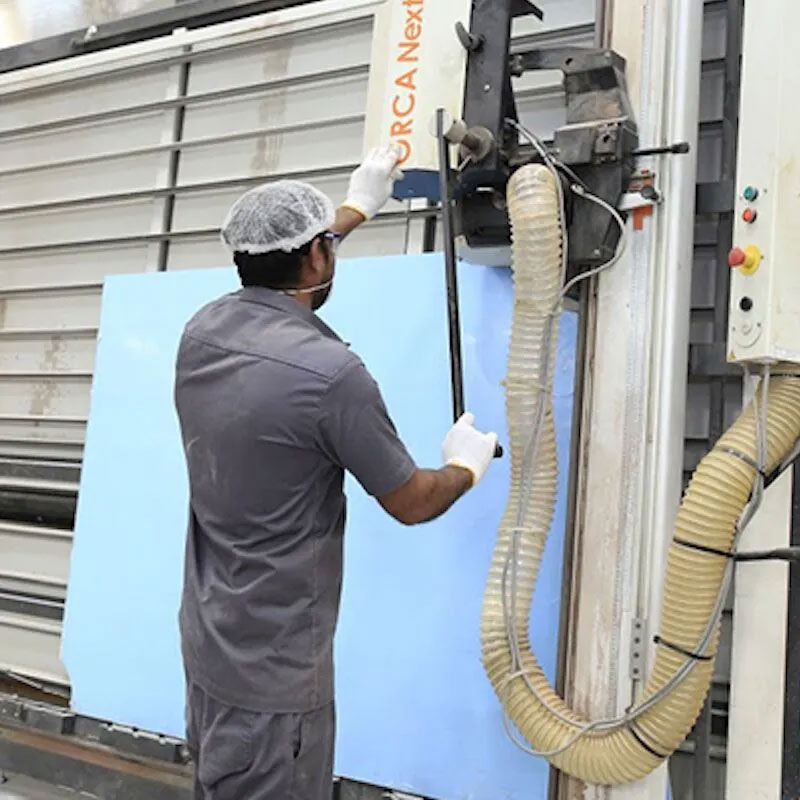
Joinery is the fine art of connecting pieces of wood to create functional and aesthetically pleasing structures. The strength and durability of these connections depend heavily on the type of joints used. Various joints serve different purposes, from structural integrity to visual appeal. Explore here common types of joints used by a joinery specialist Dubai.
Mortise and tenon joint:
The mortise and tenon joint is one of the oldest and most reliable types of joints in woodworking. It consists of two parts: the mortise, a cavity cut into one piece of wood, and the tenon, a projection from another piece that fits into the mortise. This joint is often used in furniture construction, such as table and chair frames, due to its strength and stability. When properly executed, it can withstand significant stress and is typically reinforced with glue or dowels for added durability.
Dovetail joint:
Dovetail joints are renowned for their resistance to being pulled apart, making them ideal for drawer construction and box-making. This joint features interlocking, wedge-shaped projections that fit together tightly. The unique design of dovetails provides strength and also adds an aesthetic element to the piece. While they require precise cutting and fitting, the visual appeal of a dovetail joint is unmatched, showcasing craftsmanship in fine woodworking.
Lap joint:
A lap joint involves overlapping two pieces of wood, allowing them to be joined at their edges. There are several variations of lap joints, including simple lap joints, where the pieces overlap without any special shaping, and half-lap joints, where half of the thickness of each piece is removed to allow for a flush fit. Lap joints are commonly used in frames, cabinetry, and structures that require strong connections with a larger surface area for glue adhesion.
Biscuit joint:
Biscuit joints are created by inserting a small, oval-shaped piece of wood (the biscuit) into matching slots cut into the edges of the pieces being joined. This type of joint provides alignment and strength while allowing for some flexibility in movement. Biscuit joints are often used in panel glue-ups and for joining shelves and tabletops, as they help maintain a flush and smooth surface.
Pocket hole joints:
Pocket hole joints involve drilling angled holes into one piece of wood, then joining it to another piece using screws. This method is quick and easy, making it popular among DIY enthusiasts and professionals alike. Pocket hole joints are versatile and can be used in various applications, from cabinetry to furniture. They offer a strong connection while remaining hidden from view, providing a clean and polished appearance.

